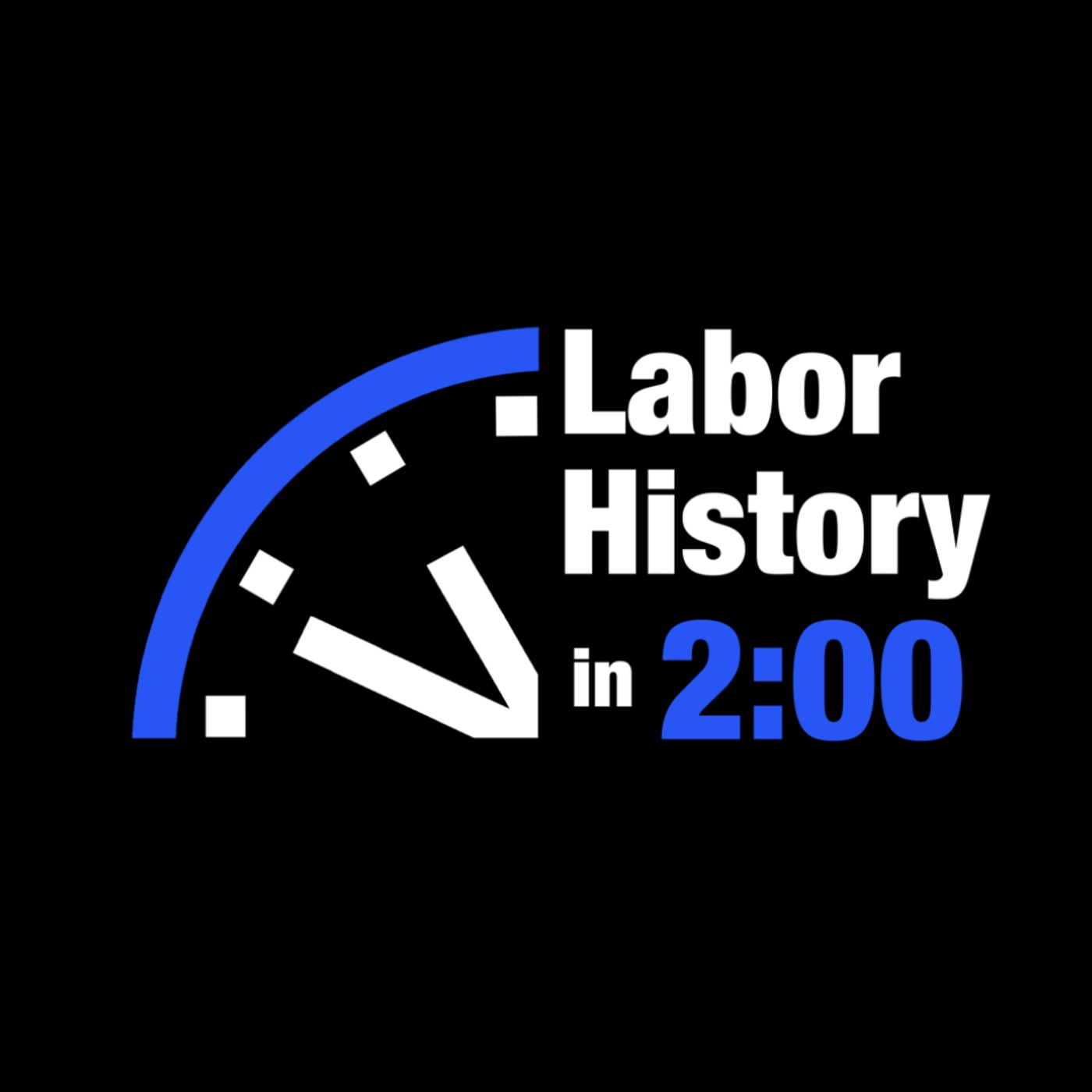Episodes

Friday Nov 01, 2024
November 1 - America’s First General Strike
Friday Nov 01, 2024
Friday Nov 01, 2024
On this day in Labor History the year was 1835. That was the day that workers in Philadelphia organized what was the first general strike in North America. There call was for a ten-hour workday.

Friday Nov 01, 2024
October 31 - Happy Union Made Halloween
Friday Nov 01, 2024
Friday Nov 01, 2024
On this day in Labor History ghosts and goblins are going door to door to gather up candy. But did you know that some of that candy is made by union workers?
In Hershey, Pennsylvania, tagged the Sweetest place on earth you’ll find the nation’s chocolate center.
It wasn’t always so sweet for workers who in 1937 tried to win union recognition.
Then the company laid off some of the union organizers, and claimed it was due to seasonal cutbacks.
Outraged, 600 workers began a sit-down strike in the plant.
Local dairy farmers relied on Hershey to purchase their milk.
They grew increasingly angry at the strikers.
They joined with workers not participating in the strike, and other community members.
The angry mob stormed the plant to oust the strikers.
Twenty-five strikers were severely beaten and the sit-in strike ended.
But the next year, the Hershey workers tried again to form a union.
This time they affiliated with the Bakery and Confectionery Workers' International Union of America and established Local 464.
They are not the only union members who help make Halloween sweet.
Today the Bakery, Confectionary, Tobacco and Grain Millers Union Local 1 in Chicago, Illinois makes tootsie rolls.
If your candy of choice is Clark Bars or Thin Mints, you might want to thank a member of Local 348 in Cambridge Massachusetts.
And Local 125 makes Ghirardelli Chocolate in San Francisco.
Unfortunately things are not always so sweet. In September of 2016, 400 union workers at the Just Born candy factory in Bethlehem, Pennsylvania went out on strike. The company decided to change their pensions to 401ks for new hires and reduce health care contributions.
They make such iconic candies as Peeps, Mike & Ike’s, and Hot Tamales.
One strike slogan rang out “no pensions, no peeps!”

Friday Nov 01, 2024
October 30 - Another Front in Reagan’s War on Workers
Friday Nov 01, 2024
Friday Nov 01, 2024
On this day in Labor History the year was 1986. That was the day that Edward Meese, gave a speech to the US Chamber of Commerce. Meese was serving as Attorney General under President Ronald Reagan. During the speech, Meese encouraged bosses to spy on their employees, in order to determine if they were using drugs.
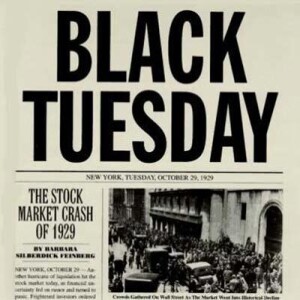
Friday Nov 01, 2024
October 29 - Black Tuesday
Friday Nov 01, 2024
Friday Nov 01, 2024
On this day in Labor History the year was 1929. That bleak day is now known as “Black Tuesday,” the day of the Stock Market crash that marked the start of the Great Depression. During the optimistic Roaring Twenties investments in the Stock Market soared.

Friday Nov 01, 2024
October 28 - A Gateway to the Future
Friday Nov 01, 2024
Friday Nov 01, 2024
On this day in Labor History the year was 1965. That was the day that the St. Louis Gateway arch was completed in St. Louis. The project was the result of a nation-wide design competition.

Friday Nov 01, 2024
October 27 - Founding of the National Negro Labor Council
Friday Nov 01, 2024
Friday Nov 01, 2024
On this day in Labor History the year was 1951. That was the day that the National Negro Labor Council held its founding convention. African American workers had made significant gains in the American workforce during World War II.
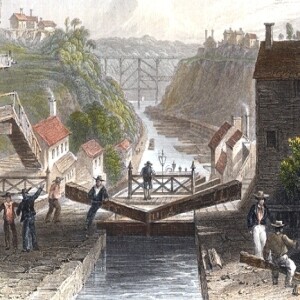
Friday Nov 01, 2024
October 26 - Completion of the Erie Canal
Friday Nov 01, 2024
Friday Nov 01, 2024
On this day in Labor History the year was 1825. That was the day the construction of the Erie Canal was completed.
The 363 mile canal connected the Atlantic Ocean to the Great Lakes, by way of the Hudson River. The project was started in 1817.
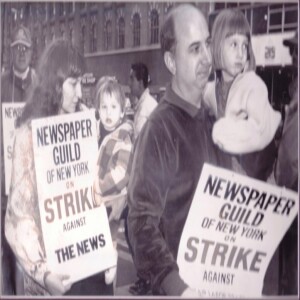
Friday Nov 01, 2024
October 25 - Strike at NY Daily News
Friday Nov 01, 2024
Friday Nov 01, 2024
On this day in Labor History the year was 1990.
That was the day that eight of the ten unions at the New York Daily News went out on strike.
The paper had had one of the highest daily circulations in the United States.
The New York Daily News was owned by the Chicago-based Tribune Company.
The strike began when management demanded major concessions from the delivery drivers, essentially forcing them to strike.
Seven more unions joined them on the picket line.
In retaliation management brought in scab labor.
This caused a ninth union to join the walkout.
The Newspaper Guild workers had planned to honor the picket lines, but not go on strike themselves.
But according in an article in the Los Angeles Times, “said local Guild President Barry Lipton, the editorial employees decided almost immediately at an afternoon meeting to go on strike rather than to work with any “imported scabs and goons.”
Well known journalist Juan Gonzalez, was a strike leader for the local.
By using replacement workers, Daily News management was able to keep the paper in production.
But they found it much more difficult to get the paper distributed.
Even where they could make delivery, many newsstands refused to sell the struck paper.
The New York Times blamed this on intimidation from delivery drivers.
But they also acknowledged that some refused distribution “either out of sympathy for strikers or an unwillingness to offend pro-union customers.”
To support the strike, the unions put on a concert headlined by Lou Reed, along with Pete Seeger, Q-Tip from a Tribe Called Quest and other musicians.
The strike lasted for five months, prompting the Tribune to sell the paper.
Under new management the strike was finally settled.
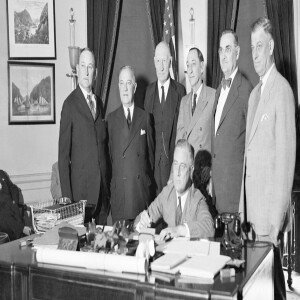
Friday Nov 01, 2024
October 24 - The Minimum Wage Law Goes into Effect
Friday Nov 01, 2024
Friday Nov 01, 2024
On this day in Labor History the year was 1934. That was the day that the first minimum wage law went into effect in the United States. The minimum was twenty-five cents an hour. The wage law was part of the Fair Labor Standards Act passed earlier that year.

Wednesday Oct 23, 2024
October 23 - The Cause and Effect of Unskilled Temps
Wednesday Oct 23, 2024
Wednesday Oct 23, 2024
On this day in Labor History the year was 1989. At 1:05 in the afternoon a massive explosion rocked the town of Pasadena, Texas, near Houston. The explosion was so large it registered as a 3.5 on the Richter scale, used to measure earthquakes.

